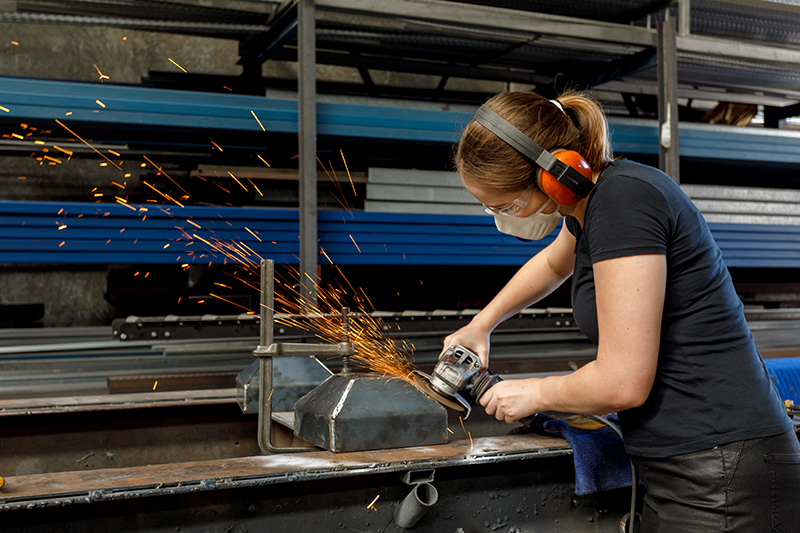The U.S. Bureau of Labor Statistics projects 10% growth for manufacturing jobs through 2030. That means manufacturers need to hire now…and long into the future. Yet, as of April 2022, in a survey by Fisher & Philips, 93% of manufacturers defined their labor shortage as moderate to severe.
To keep their operations moving, manufacturers must find new ways to attract new talent.
Yet, the majority are failing to explore a powerful hiring strategy.
While many industries offer child care options, manufacturers have been slow to respond. Issue Number One, a site covering economic trends, reports only 11% of workers receive any benefits.
The crisis continues
Bright Horizons 2022 Modern Family Index report revealed 90% of parents say they need more support to meet all their responsibilities yet only 51% say their employer offers viable benefits.
This disconnect is more significant in manufacturing. A recent Women in Manufacturing Benchmark Study found 93% of women and 86% of men ranked on-site child care as a top desired benefit yet it’s still elusive.
Government funding in the billions has been earmarked since 2020 to create more child care access. The funds helped to prop up crumbing systems, but the systemic crisis persists.
Iowa, for example, has the highest rate of working parents with young children (75% vs. 66% nationally), according to Early Childhood Iowa. They also note that parents lose a total of over $241 million in earnings annually. The lack of child care costs Iowa businesses, too; the same report estimates losses to businesses at $82.8 million annually.
Groundbreaking Vermeer Corporation
Vermeer is a striking example of a manufacturer who tackled the child care crisis and created a supportive culture where employees — and business – thrive.Nearly a decade ago, agricultural and equipment manufacturer — and Bright Horizons client — Vermeer, located deep in rural Iowa, built a child care facility on-site.
“We needed to attract more women to our industry,” Vice President of Operations, Mindi VandenBosch says. “So, 12 years ago, we started a team member relations committee which included quite a few female team members. We learned that almost all had a very hard time finding child care within 30 miles of our location. Some dropped off their children at 4:30 in the morning to a neighbor. That’s when the idea for Yellow Iron Academy was born.”
In partnership with Bright Horizons, Vermeer developed child care policies that work for everyone. The center opens at 5:30 a.m. and serves as a pickup/drop-off point for school bus routes. They encourage parents to join their children for lunch or use a phone app to check in anytime.
Yellow Iron provides comprehensive early education programs to help young learners develop. To ensure the professional success of future generations, the nationally accredited STEM curriculum also incorporates manufacturing concepts and experiential learning opportunities.
While parents concentrate on their jobs, their children build a strong educational foundation.
Not only does on-site child care pave the way to attract high caliber talent, it results in greater retention and higher performance. Nick, a baler assembler who, along with his wife, has worked for Vermeer for 11 years, sums up how employers benefit, “On-site child care helps me do my best work.”
Since the child care center opened, Vermeer leaders have realized it’s helping advance the company’s 4Ps – principles, people, product, and profit.
Make-or-break
In June 2022, The Washington Post reported that “even when parents are able to stay employed, child-care breakdowns take a toll on attendance, productivity and customer service.”
The time to act is now. Navigate how to add on-site child care at your organization with this step-by-step guide.




